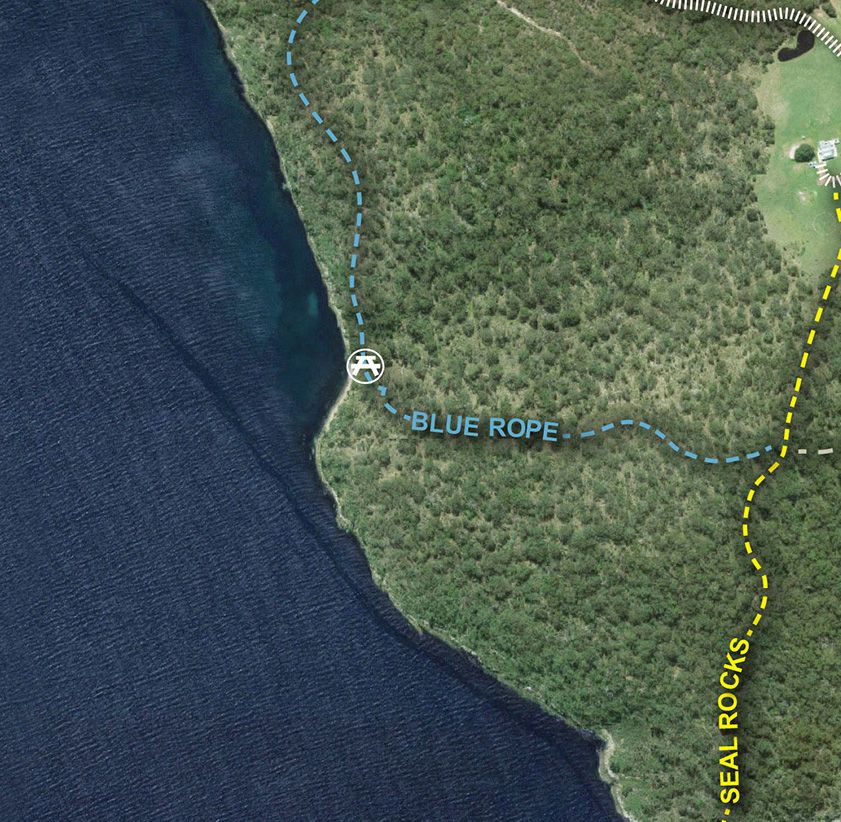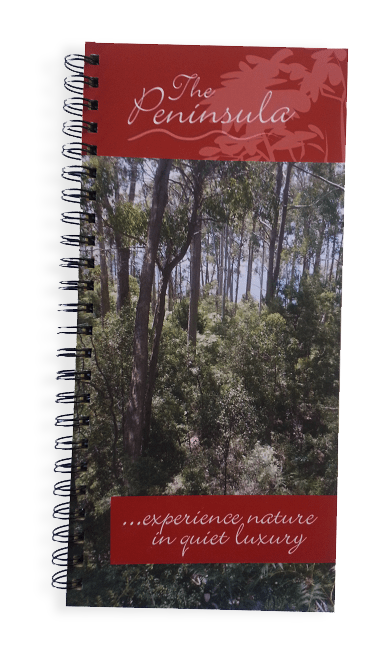Woodland Birds
As you wander down, note the copses of bushes under the open eucalypt canopy.
These provide nectar staggered throughout the year and habitat for insects that are such an essential part of any birds diet when feeding and rearing young. Look for the small yellow pillars of Banksia – a wonderful nectar source for birds, insects and the tiny mammals alike. Even the Lyluequonny used Banksia’s rich nectar to make a sweetly alcoholic drink.
Dense hiding and nesting places provided by the bushes ensure that a variety of woodland birds can survive. Predators such as the Collared Sparrowhawk find it more difficult to chase their prey down when the little birds can dart sideways into a twiggy bush. Aggressive colony-forming birds such as the Noisy Miner like to chase other birds out to form their own province. Here, though, they cannot compete, because there are plenty of hiding places for the others to find a refuge.
Hope Island
Hope Island saw the first Europeans officially settle in the Dover area. Supervised convicts cleared Hope Island and started farming in 1845, soon doing the same in Dover. Within a few years private settlers followed, and Hope Island was rented to the Tasmanian-born John Boothman and his wife Margaret. The Government sought to sell the island from under him in 1851, a move stymied by Boothman, but his clever plans backfired. Despite subsequent decades of trying, he never succeeded in purchasing the island and had to be content with leasing. The island – 150 years on – is now public land again.



